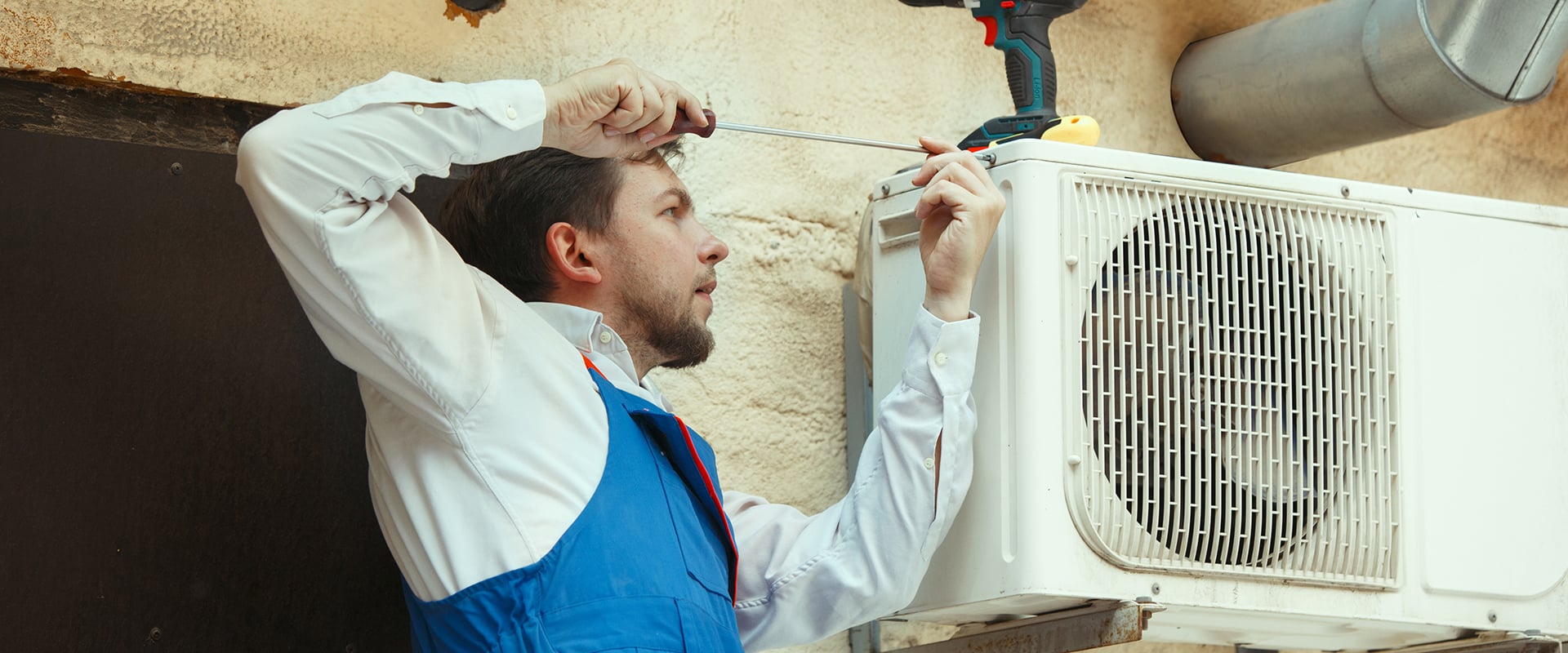The wall-mounted heat pump is the silent sentinel of your home comfort. With each change of season, she works tirelessly to maintain a pleasant room temperature in your home; however, its effectiveness relies on regular and meticulous maintenance. Unfortunately, this crucial aspect is too often overlooked by many users, leading to unexpected performance drops and additional costs.
In order to preserve the longevity and optimal performance of your wall-mounted heat pump, this article will provide you with precise instructions for proper maintenance. Through a professional and accessible approach, we will cover the essential steps that will ensure your system runs smoothly… and this, throughout the year.
Visual inspection and cleaning of filters

A thorough visual inspection should be the first step in any maintenance protocol. Look for obvious signs of wear or damage (such as cracks or warps) on the outdoor unit as well as the indoor unit. Pay special attention to electrical connections: these must be safe and corrosion-free.
Filters play a key role in the quality of the air you breathe. They should be cleaned monthly to ensure optimal air circulation. To do this, gently remove them according to the manufacturer’s instructions and then gently vacuum up the accumulated dust before washing them with warm soapy water. Allow to dry completely before reinstalling.
It is also advisable to examine the exhaust duct to ensure that there are no obstructions (dead leaves, debris, etc.). A clogged duct can not only decrease efficiency but also represent a potential safety risk.
Refrigerant Level Check
The refrigerant level must always match the manufacturer’s specifications; An imbalance can lead to a significant drop in efficiency. If you suspect a leak or if your system is struggling to maintain the desired temperature, call a qualified professional to carry out the necessary checks.
Never attempt to refill the refrigerant yourself: this operation requires specific technical know-how and must be carried out in compliance with the environmental standards in force (handling of refrigerant gases, etc.).
When you call in a certified technician, take the opportunity to ask him all your questions: he will be able to give you personalized advice according to your specific model and will be able to detect any warning signs of a potential problem.
Thermostat Control
A well-calibrated thermostat is essential for maintaining a consistent and comfortable temperature in your home. Regularly check its accuracy using a standard thermometer placed nearby; If the readings diverge, it’s probably time to recalibrate or even replace the thermostat.
Also consider adapting the thermostat settings to the seasons: slightly cooler in the summer and slightly warmer in the winter can lead to substantial savings on your energy bills without sacrificing your comfort.
If you have a programmable or smart model, make sure that it is configured correctly according to your daily habits (hours of presence/absence, etc.), thus maximizing its energy saving potential.
Annual professional interview
Although many steps can be accomplished by you, an annual maintenance carried out by a professional is essential. The latter will carry out a complete inspection which includes: the inspection of the electrical components; compressor check; deep cleaning of the coils…
A certified technician will also be able to assess the overall condition of the system and propose preventative solutions to avoid any major breakdowns that may occur at the worst possible time (such as during an intense heat wave).
Do not hesitate to keep the intervention reports: they will constitute a useful history for any future follow-up or in the event of a possible resale of your property.
Additional practical tips
Finally, a few simple tips can go a long way in keeping your wall-mounted heat pump running smoothly on a daily basis. Be careful not to obstruct air outlets and inlets with furniture or curtains; This could restrict airflow and decrease the efficiency of the system.
During the cold months, keep snow away from the outdoor unit to prevent any build-up that could affect its performance. And during hot periods, shade the unit slightly without blocking airflow – this can help reduce its heat load.
Always keep the user manual handy: it often contains “the answer you are looking for”… If you have any questions or complex problems, please do not hesitate to contact the manufacturer’s service department or an authorized specialist directly.
By applying these recommendations rigorously, you will not only extend the useful life but also optimize the energy efficiency – translation: significant savings – offered by your faithful domestic ally: the wall-mounted heat pump.
